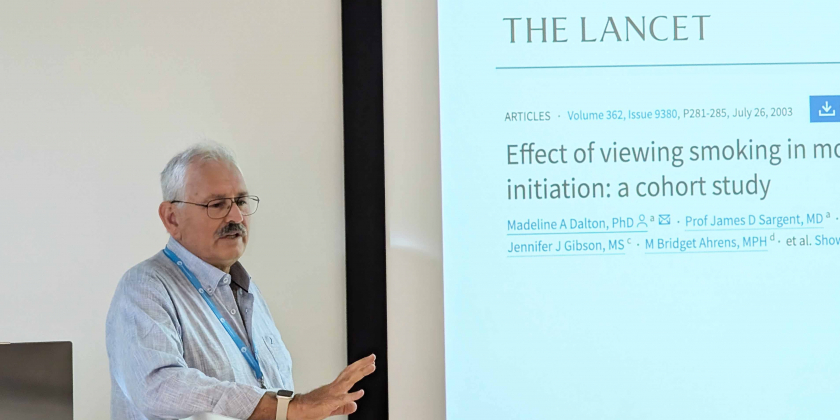Experts advocate for lung cancer screening
Lung cancer experts emphasised the need for improved screening protocols to enhance early detection and reduce mortality rates across the Nordic region.
Specialists convened at the “Lung Cancer Symposium – Early Diagnosis & Screening, Benchmarking the Nordics,” organised by Oslo Cancer Cluster, NTNU, and Levanger Hospital last week, to discuss the latest advancements and challenges in lung cancer screening. The event focused on the importance of early detection and the need for standardised screening practices across the Nordic countries.
Watch the symposium:
The importance of early detection
Presenters at the symposium underscored that lung cancer remains one of the leading causes of cancer mortality worldwide.
According to Oluf Dimitri Røe, MD, PhD, Professor, Department of Clinical and Molecular Medicine, Faculty of Medicine and Health Sciences, NTNU/Norwegian University of Science and Technology, Department of Oncology, Levanger Hospital: “Lung cancer has the highest incidence and mortality rate globally,” which highlights the importance of effective screening.
Research shows that screening with low-dose CT scans can reduce mortality by 20-24%. However, there is no universal consensus on the best screening method, which remains a significant challenge in implementing these programs.
Current screening practices and their limitations
David Baldwin, MD, PhD, Professor, Nottingham University Hospital, shared insights into implementing the targeted lung health check program in the UK, which has shown success in early detection. “We’ve shown that screening can be both effective and cost-efficient,” Baldwin noted. The UK model has detected thousands of cases at earlier stages, particularly in high-risk groups, demonstrating the potential impact of targeted screening.
However, identifying the most appropriate population for screening remains a challenge. Røe pointed out that using the National Lung Screening Trial (NLST) criteria would mean “excluding 74% of those who will get lung cancer,” indicating that current selection methods may not be sufficiently inclusive.
Addressing smoking among young people
Smoking was identified as a significant risk factor, with concerns raised about its prevalence among young people. Røe noted that “more than half of adolescent smoking is attributable to watching smoking in movies.” This suggests a need for targeted interventions to prevent smoking initiation among younger populations, which could reduce lung cancer incidence over time.
Innovative approaches to smoking cessation
Finland introduced an innovative approach to support smoking cessation through a mobile app. Jussi Koivunen, MD, PhD, Professor, Department of Oncology and Radiotherapy, The Oulu University Hospital, reported that the app helped a substantial proportion of participants quit smoking, with 20% of users becoming non-smokers within six months. These results indicate that digital tools can be an effective addition to lung cancer prevention strategies.
Next steps for the Nordic region
The symposium highlighted the need for tailored lung cancer screening programs across the Nordic countries. The Norwegian representative stressed the importance of adapting approaches to each country’s healthcare system, stating, “We have to learn from others, and we have to tailor every screening program to our country.”
The discussions at the symposium indicate that a coordinated approach to lung cancer screening, alongside smoking prevention and cessation initiatives, could significantly improve early detection and treatment outcomes in the Nordic countries.











